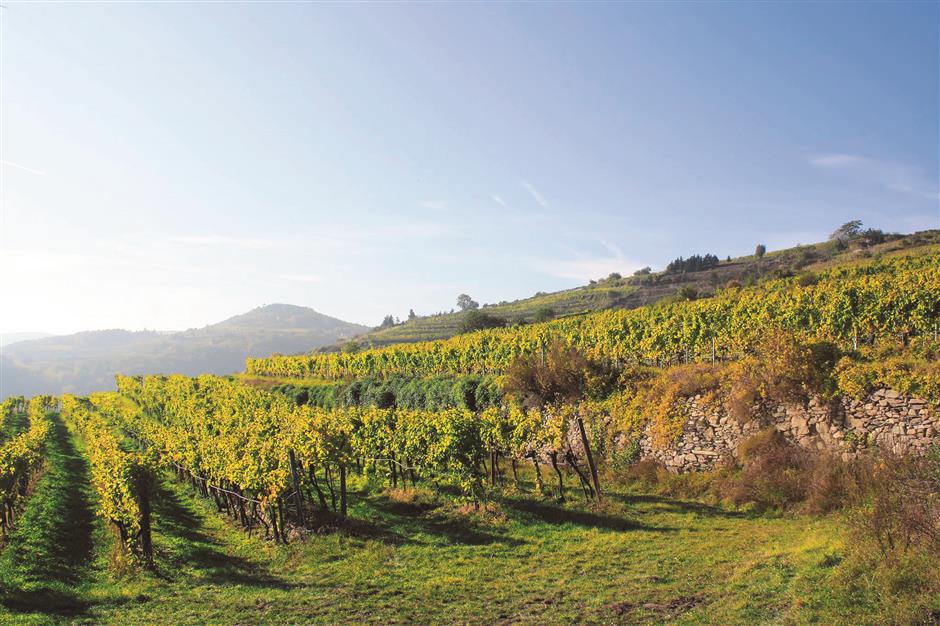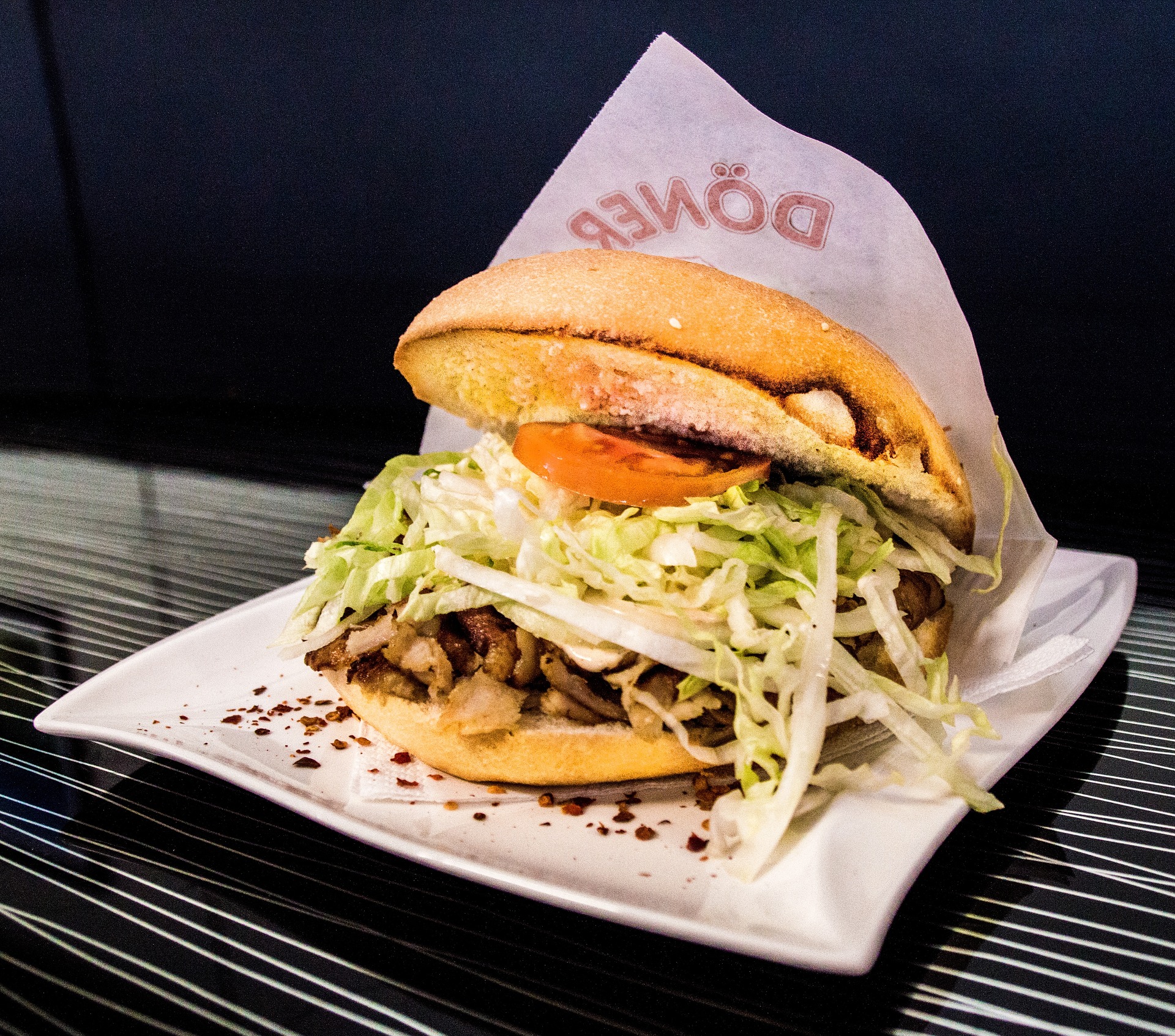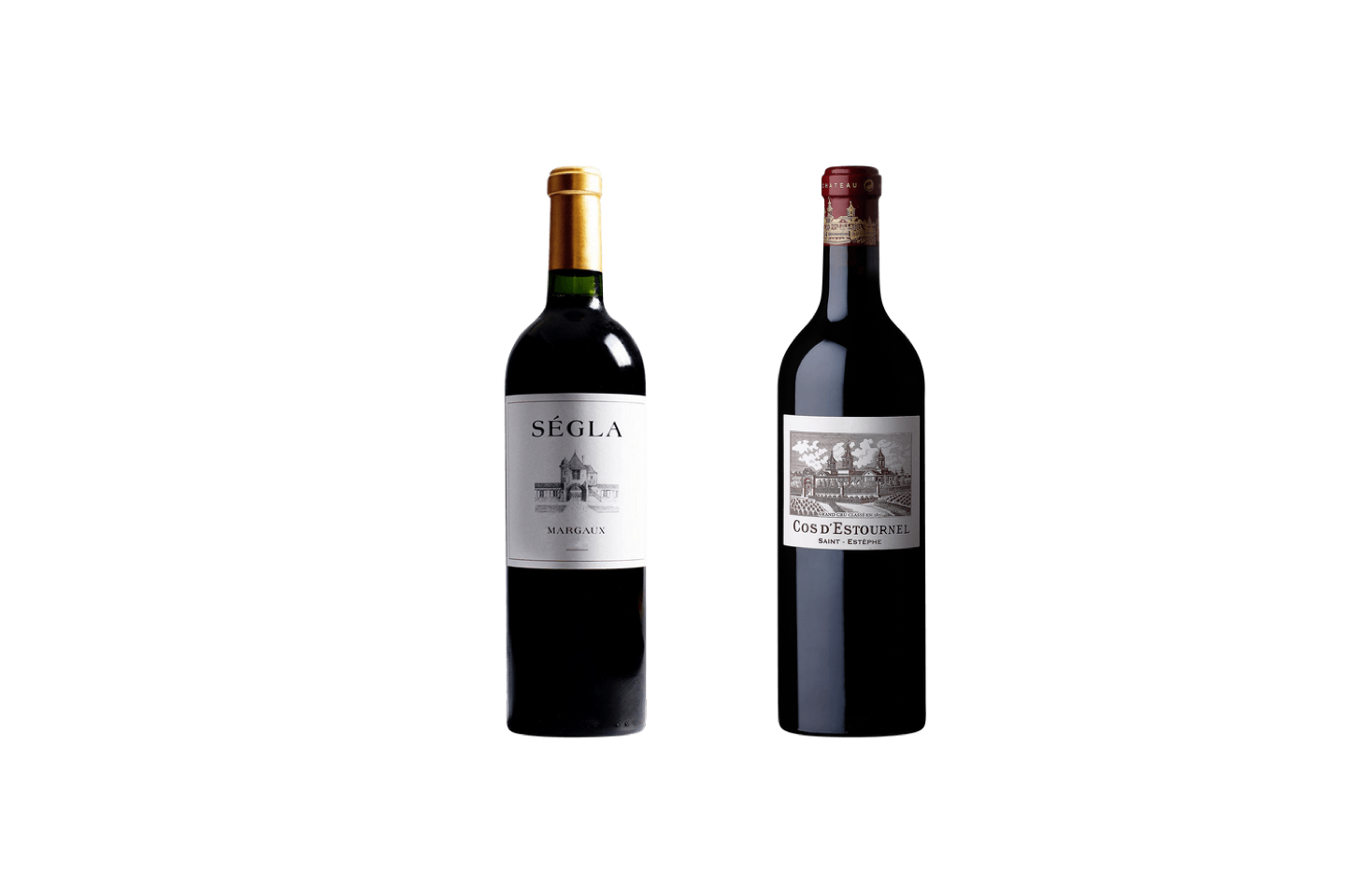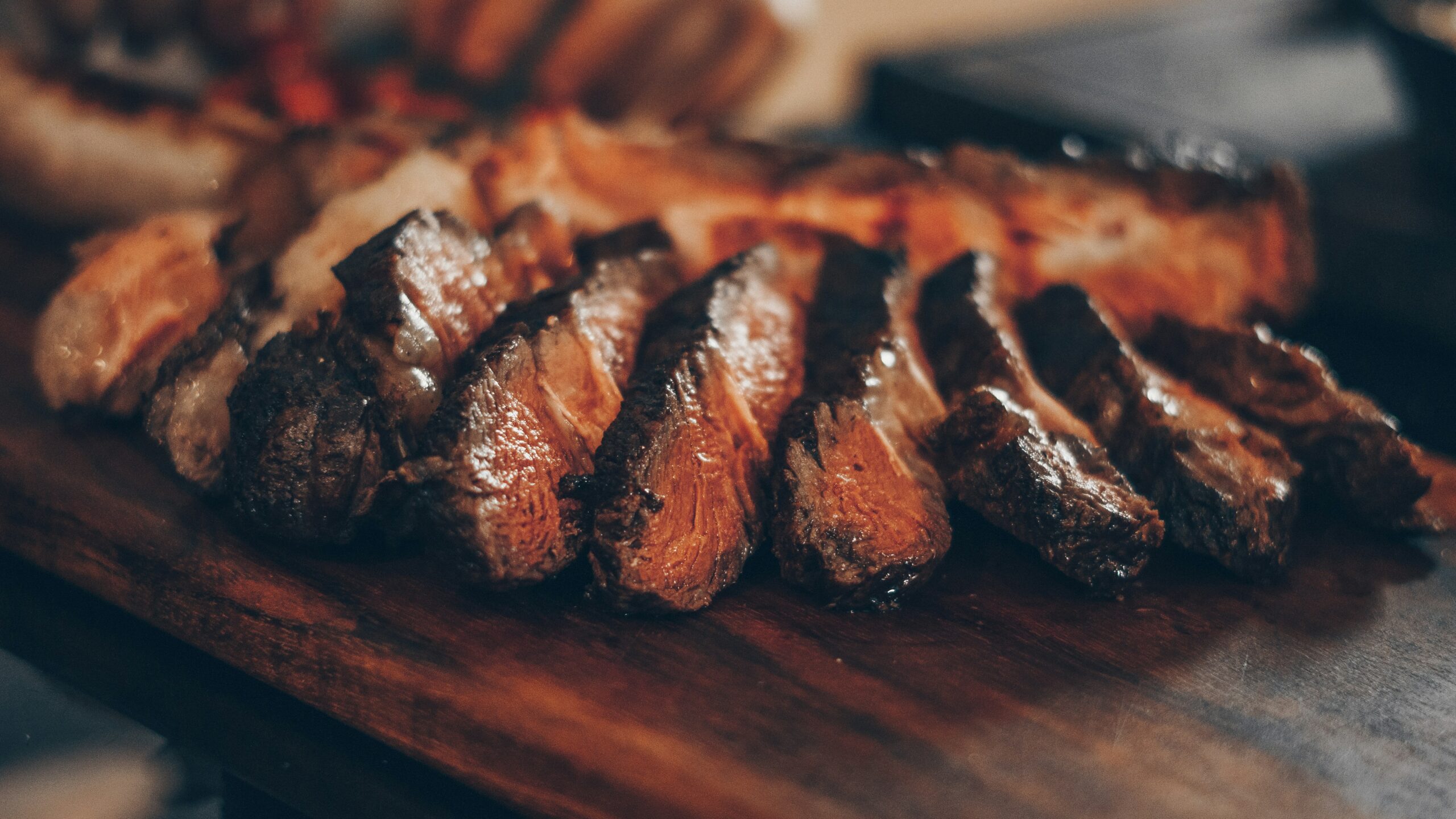Summary
A renowned Roman gourmet once proclaimed, "truly understanding and appreciating peoples and places means embracing their foods." The first time I visited Xiamen, I was immediately in my comfort zone. After two decades living and working in Taiwan, I was eminently at home with the people, language and, most importantly, the food.
Over the centuries and especially during the late Ming Dynasty (1368-1644), a steady flow of Fujian's Min as well as Hakka people migrated to Taiwan as part of a greater dispersal throughout coastal regions of Southeast Asia. Though not as widespread and well known as some Chinese regional cuisines like Cantonese and Sichuan, Fujian cuisine is nonetheless cherished by Chinese gourmands worldwide, including yours truly.
One of eight major styles of Chinese cuisine derived from the original four major schools of ancient cooking, the story of Fujian's gastronomy dates back more than 5,000 years. Early coastal settlers relied on an abundance of eatables from the mountains and sea for their substance. Even today, the most prized ingredients are sourced from the mountains and sea.
Describing the distinguishing factors of Fujian cooking in one sentence is a mighty challenge, but allow me to give it a try. Fujian cuisine combines plant and animal bounties of the sea and mountains with unique processed ingredients like red vinasse, rice wine, vinegar, fish sauces and mustards using diverse cooking techniques with refined carving and presentation skills to create distinctive dishes and unparalleled soups of intricate and delicate yet tantalizingly stimulating aromas, flavors and textures. Quite a mouthful, indeed.
Soups are ubiquitous in Fujian cuisine, where they serve the role of both a dish and beverage. I love soup but it alone doesn't complete my Fujian dining experience; instead, I crave complementary wines. The delicate, diverse and artistic nature of Fujian cooking demands an equally stylish and aristocratic wine. A blond vino beauty from Europe stands out.

Hilltop vineyards in Austria
Just as Fujian cuisine is recognized for its excellence but is still overshadowed by other Chinese regional cuisines, Gruner Veltliner outshines and distinguishes itself from better-known white wines. This fresh and vibrant light golden nectar is the perfect wine to enhance your Fujian feast.
Sometime long ago, perhaps as far back as Roman times, Gruner Veltliner was a distinct variety. The grape's parentage has long been a mystery. DNA analysis in the 1990s established Savagnin, aka Traminer, that's related to the Pinot Noir family as one parent.
Then in 2000, a single surviving old vine, estimated to be as old as 500 years, was discovered in the town of Sankt Georgen. Five years later, samples from this timeworn vine were sent to ampelographer Ferdinand Regner for analysis, and finally the Gruner Veltliner parentage puzzle was solved. This last-of-its-kind wild vine was aptly given the name St Georgener Rebe.
Several countries now produce notable Gruner Veltliner wines, including Slovakia, the Czech Republic, Hungary and New World producers like Australia, Canada and the United States, but the grape's spiritual home is Austria. Austria may not be the first country that springs to mind when you think about wine, but the art of winemaking in this Alpine country stretches back nearly three millennia. The Celts or perhaps even their predecessors the Illyrians were most likely the first to start cultivating wild vines.
A century before the birth of Christ, the Romans began planting vines in many parts of modern-day Austria. Today, Austrian wine regulators officially recognize 35 grape varieties, of which 22 are white; by far the most important is Gruner Veltliner, which represents nearly a third of all plantings.
Austria has four major winemaking climate areas: The Danube, Weinviertel, Pannonian and Steiermark, which are further delineated into 15 DAC (Districtus Austriae Controllatus) appellations. Excellent Gruner Veltliner wines come from all DAC appellations, with some of the best known from Wachau, Kremstal, Kamptal and the Vienna Hills.
Not surprisingly, the country has different soil types and climates. Gruner Veltliner is prolific in many soils but favors Loess, a very fine soil. Climate-wise, most regions benefit from a convergence of cool winds from the north, warm Pannonian influences and temperate Mediterranean effects, enabling grapes to gradually reach optimal ripeness while still retaining good acidity.
Freshness has become a requisite quality for top modern winemakers around the world, but good, vibrant acidity has long been a hallmark of Austrian Gruner Veltliner wines. Young wines typically exhibit bright aromas, and citrus and yellow fruit flavors with intriguing hints of spices, especially white pepper. More mature examples have greater complexity and are highly textured.
One of my go-to Gruners is the classy Weingut Salomon Undhof Franciscus Gruner Veltliner, an elegant wine with intense sensations of green apple, pear and lime along with a long, mouth-puckering fresh finish. The Pfaffl Gruner winery makes two fine varieties – the Veltliner Zeisen, a lively wine with citrus aromas and flavors with black pepper and herbal notes, and the Veltliner Vom Haus, a crispy fresh lemony wine with spicy hints. Additional recommended Gruner Veltliner producers with wines available in Shanghai are Pfaffl Gruner, Loimer, Nigl Freiheit, Wiening and Brundlmeyer.
To highlight the exuberant freshness and innate sophistication of Gruner Veltliner wines, they should be served chilled at about 8-10 degrees Celsius, and don't forget to pair them with sumptuous Fujian cuisine.





